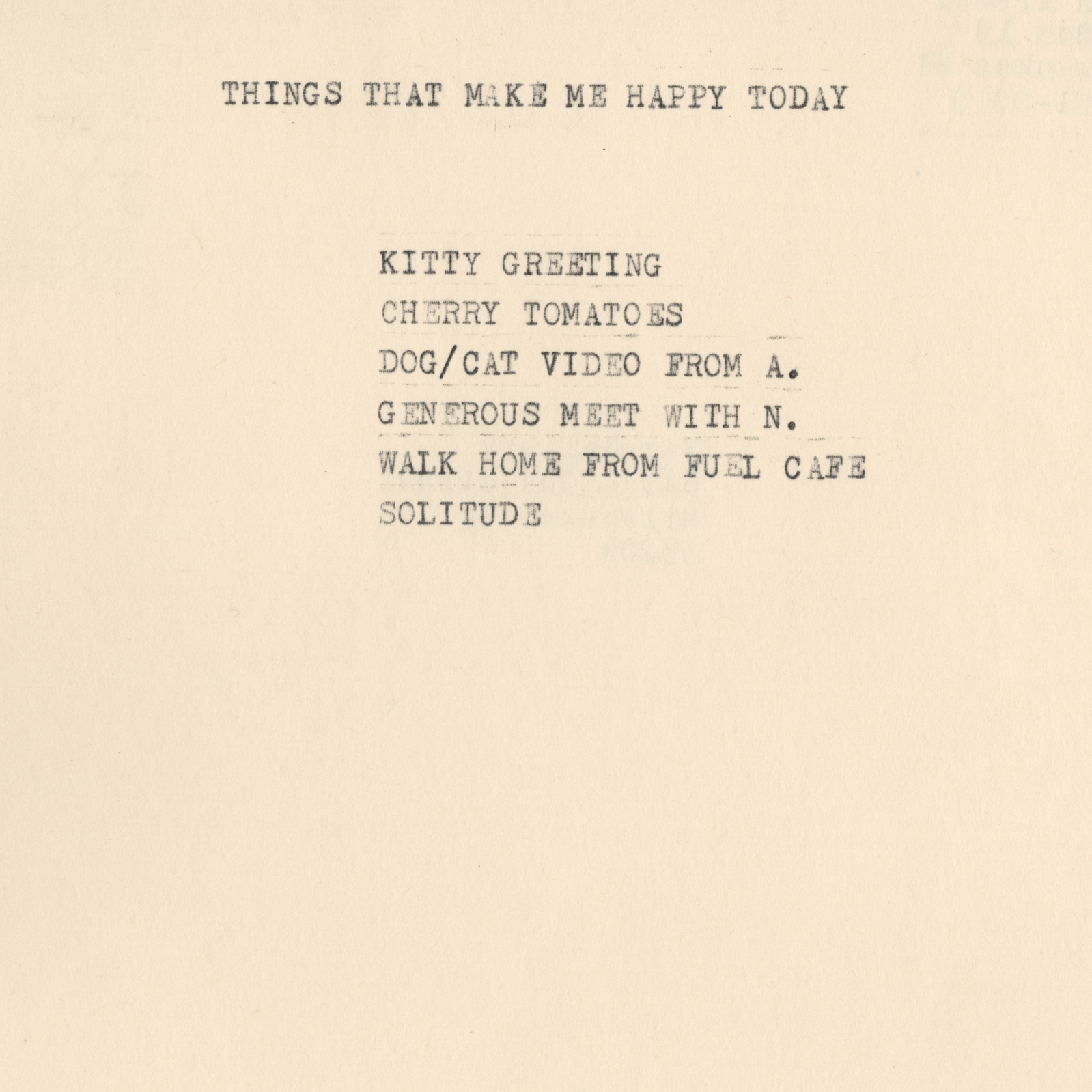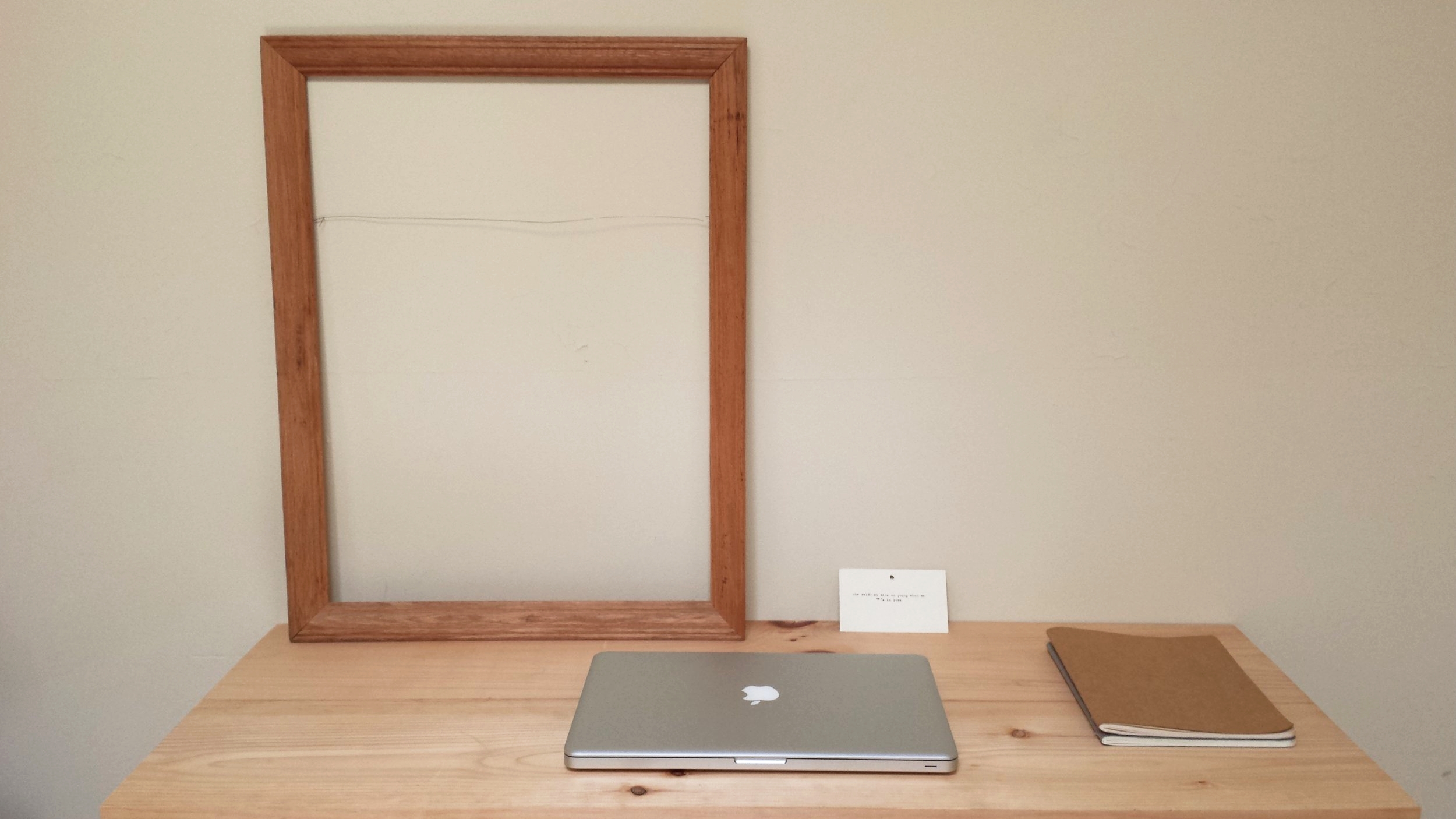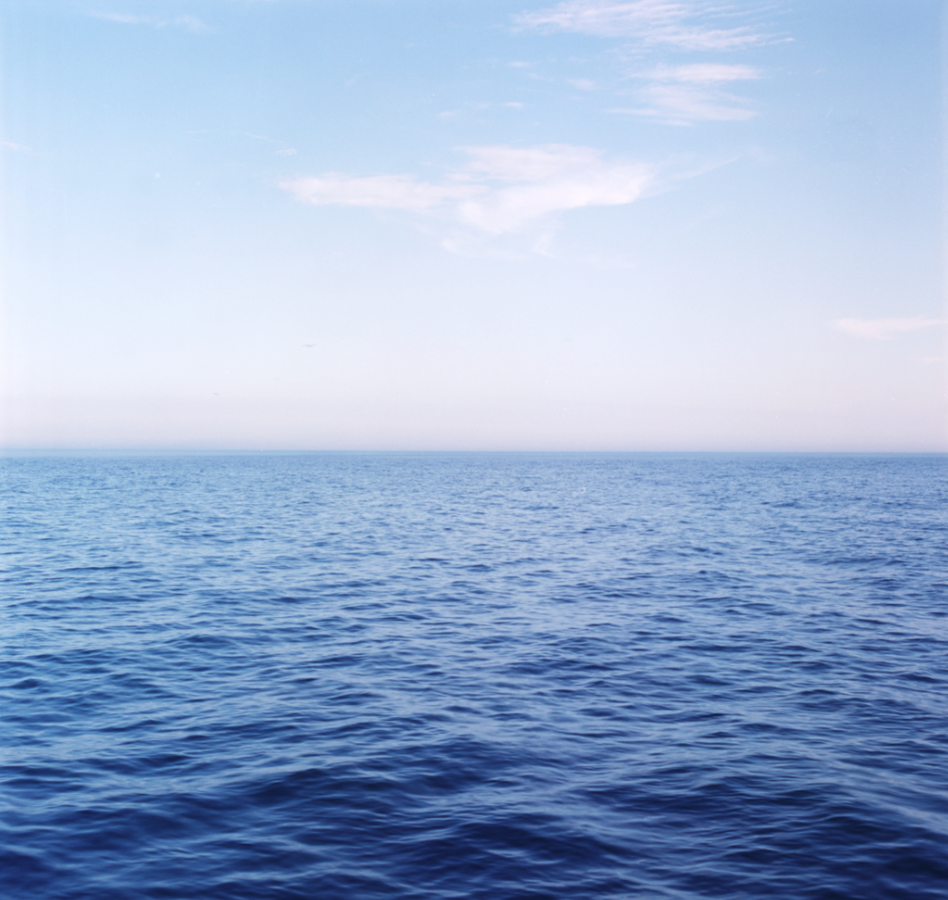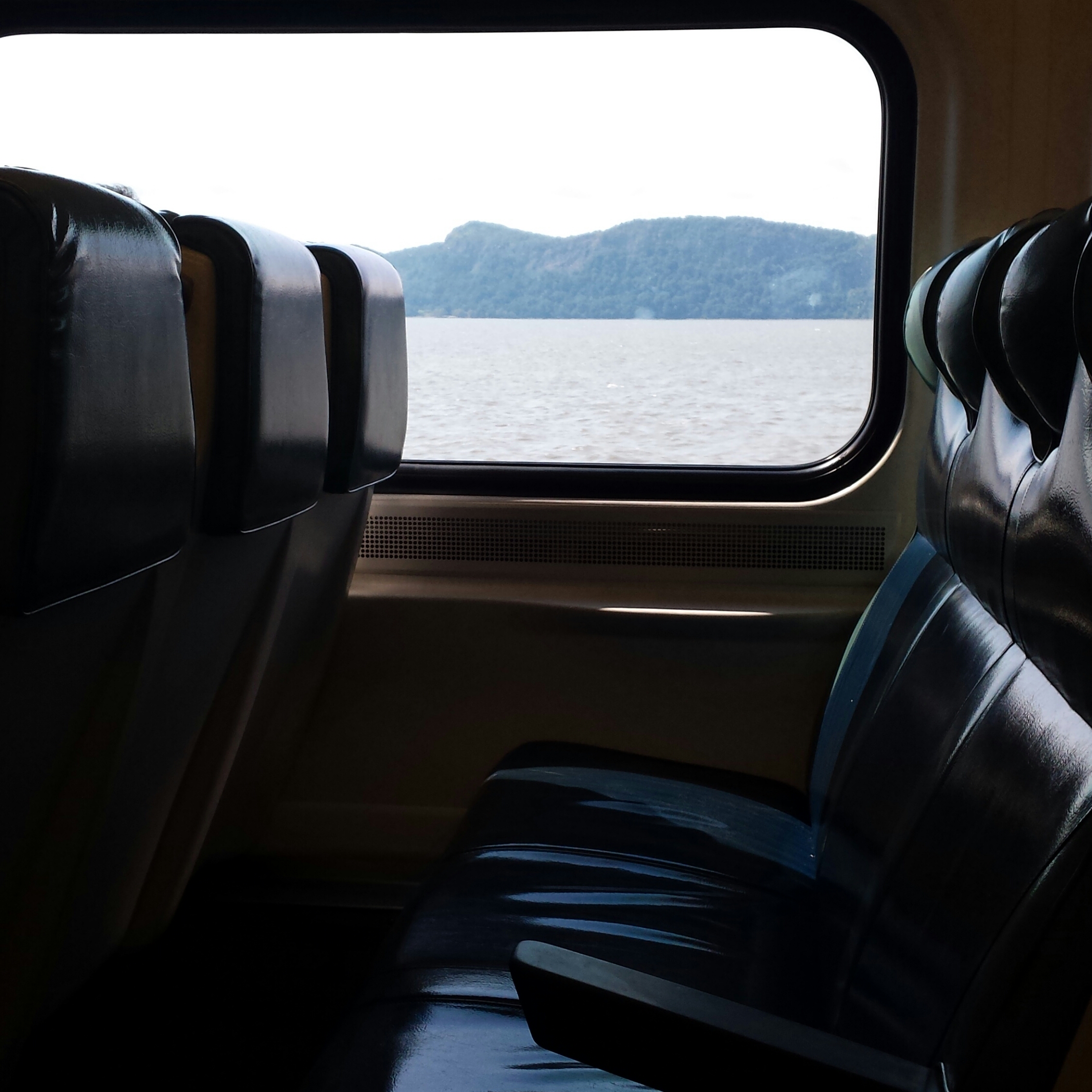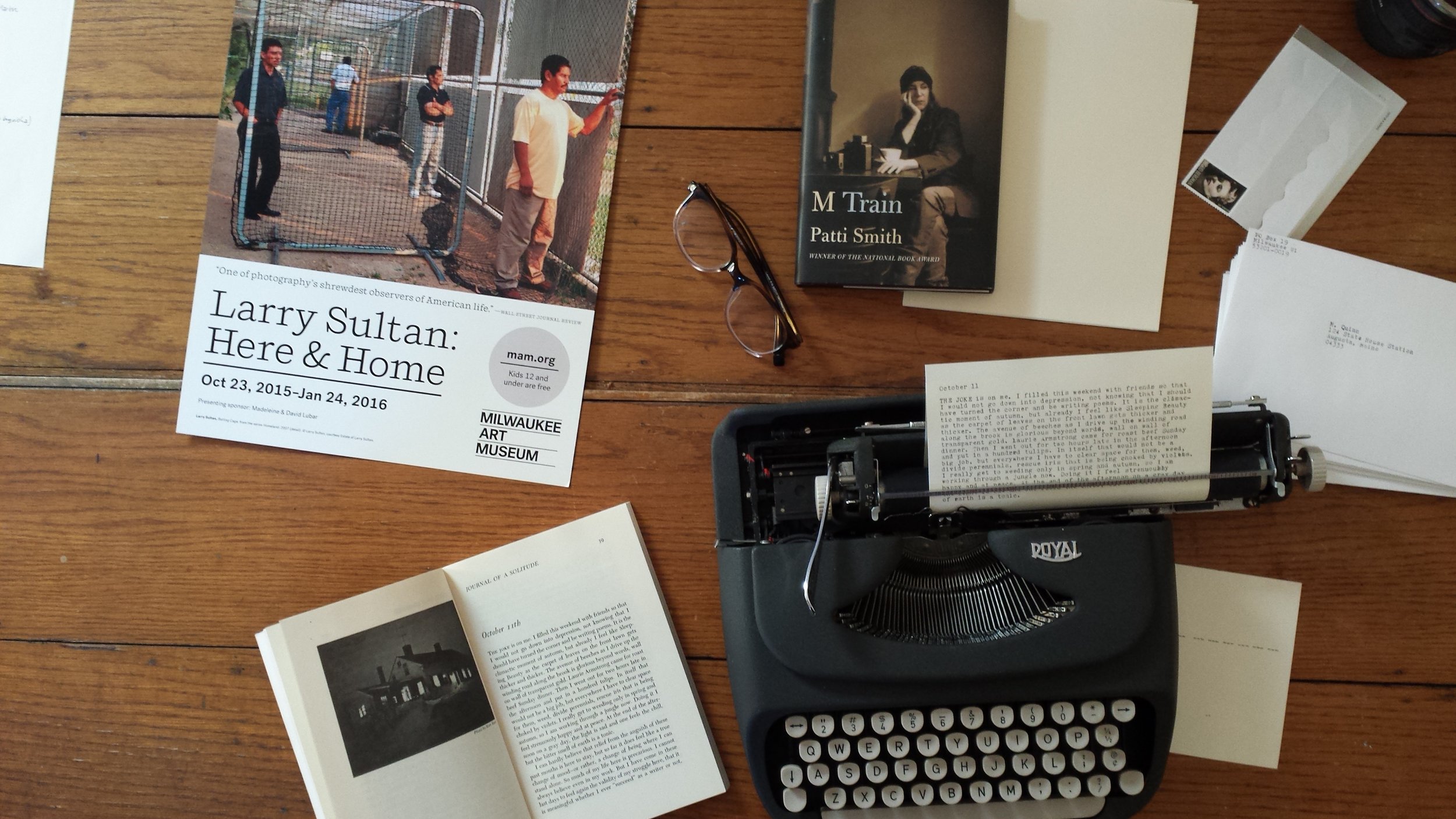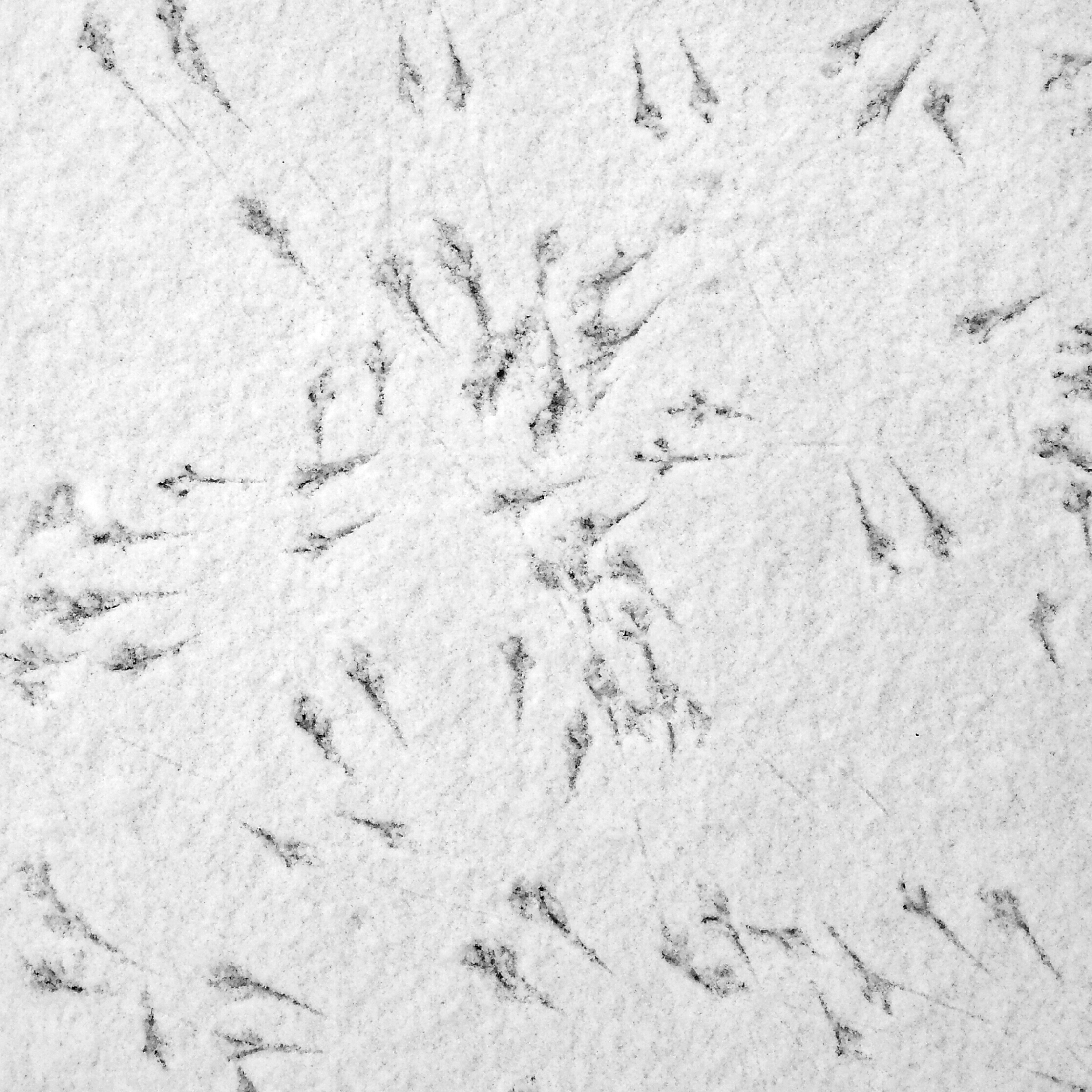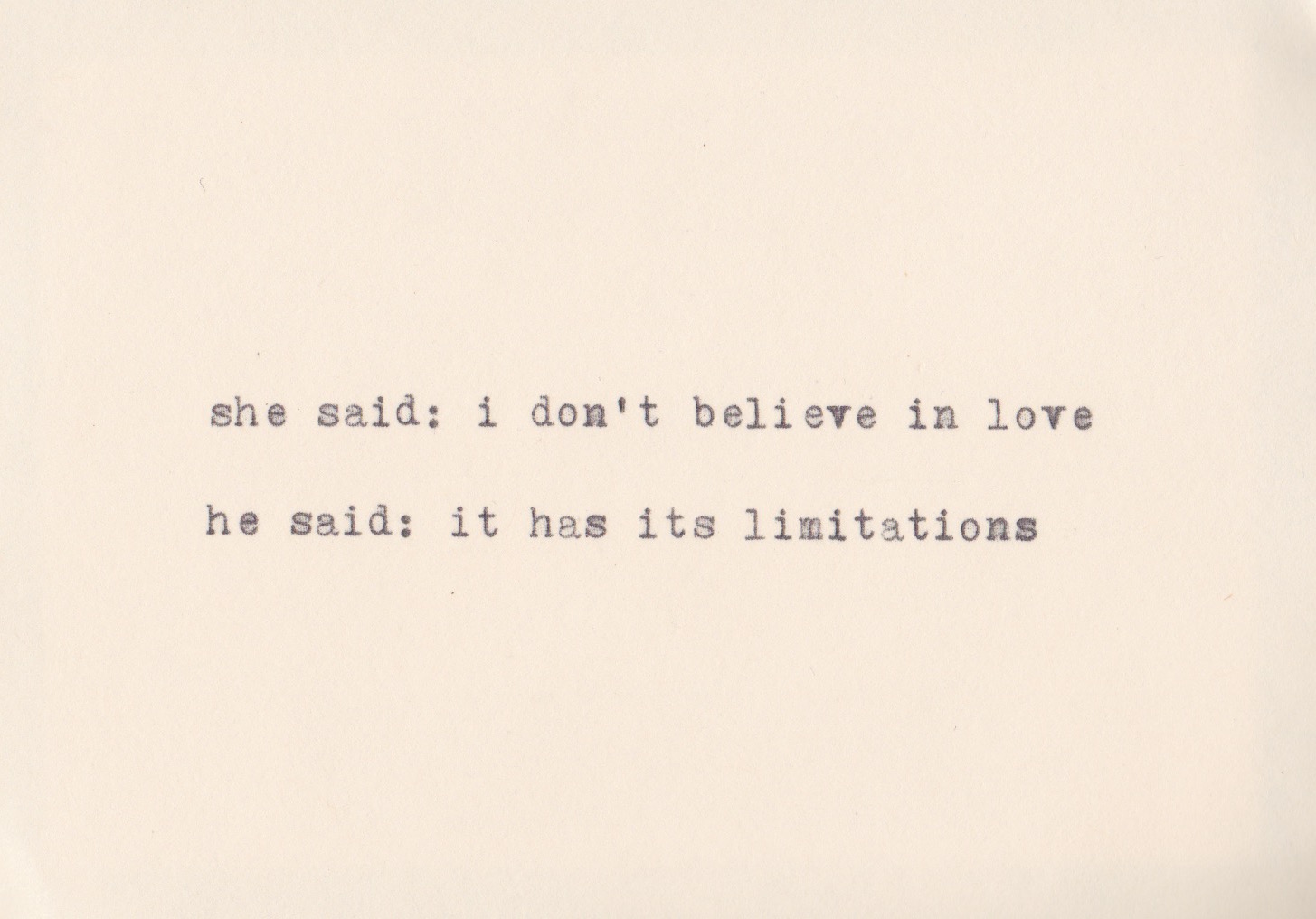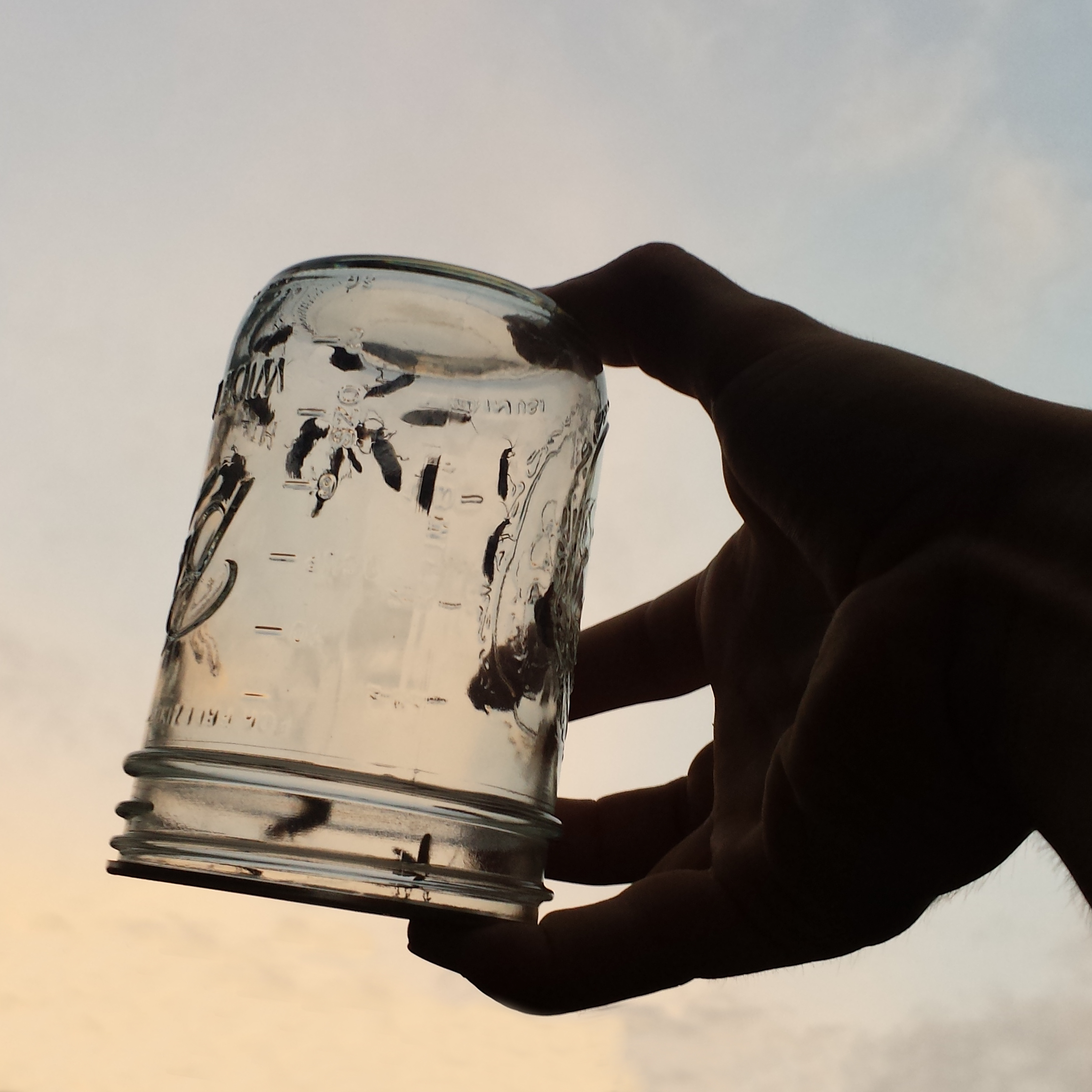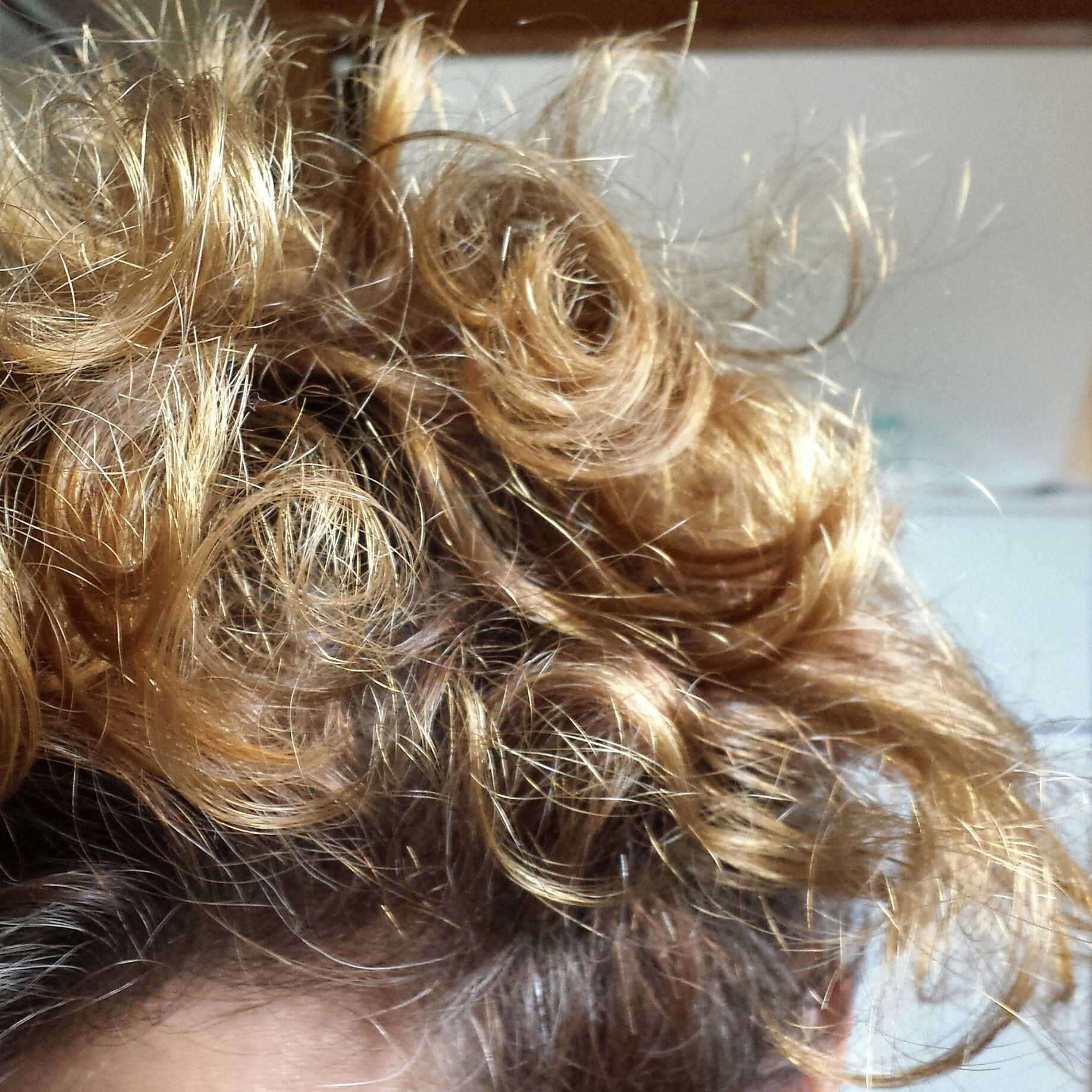Q&A: aryn kresol
Midwest born and raised, aryn kresol studied and practiced art at the Milwaukee Institute of Art and Design, earning a BFA in photography in 2011.
Since 2009, aryn has electively curated numerous exhibitions in Illinois, Wisconsin, and New York, working independently and collaboratively with artists of all disciplines. She has worked locally for the Haggerty Museum of Art, The Pitch Project Gallery & Artists Studios, and RedLine Milwaukee, and nationally for the Rockford Art Museum and Dia Art Foundation at Dia:Beacon in New York.
By Brian Pfister | June 2017
BP: You received a BFA in Photography in 2011, and are currently the Curatorial Assistant to Chief Curator at the Milwaukee Art Museum, what led you to photography and to curation?
ak: I think the gateway for me when it comes to art is and has been the individual. I had an assignment to write a short paper on Dorothea Lange and suddenly I had discovered this new thing called photography. I was 14. I bought a 35mm SLR the next year.I took photo and darkroom classes through the community college and the art museum, while at the same time pursuing my interest in art history. After I had received my Associates Degree, I had to decide between a school where I could develop my artistic practice and a school where I could study art history. I decided the former and practiced and studied photography at the Milwaukee Institute of Art and Design.
In 2009, I co-organized an exhibition in an apartment space in downtown Rockford, Illinois with a couple other artists and continued that into the next year. After that first show, I began working with individual artists (what I would call micro-curating) where I would find a space and work one-on-one with the artist to mount a show. It is still the method I enjoy most. Having the opportunity to promote a diversity of artists and ideas, while simultaneously contributing to the dialogue that is building those ideas is the facet of the curator’s role that I find most fascinating. I also think of the curatorial work as a continuation of my artistic practice, an expansion of it. I have continued to work on independent curatorial projects and have organized exhibitions of work in Illinois, Wisconsin, and New York.
It was Kevin Miyazaki, who at the time was teaching a ‘Professional Practices in Photography’ course at MIAD (this was 2010) , who recommended I approach the then curator at the Haggerty Museum of Art at Marquette University about an internship, which then led to another internship with the Registrar and then an interim post. I spent five years at the Haggerty Museum (with a year and some break in the middle when I moved to Beacon NY) before I took my current position at the Milwaukee Art Museum.
Though I have worked independently and for a number of galleries, in truth, I am a Museum Woman.
BP: Your body of work n o w h e r e, you describe as “small, immediate, and seemingly insignificant. no where. now here" How do you interpret the relationship between the words ‘no where’ and ‘now here’?
ak: I interpret it simply: a single placement of gap in words separates an identified space with a non-space.
BP: Can you tell me about your other long term project she said, he said (2007 - present)
ak: I had spent a lot of time since I began picture-making creating photographs that metaphorically represented subjects that were not physically or visually present. I used words - phrases, statements, stories - as a process of creating photographs. Then I began orchestrating less and less, and thinking about text as a vessel far more appropriate than a photograph. I found that I could satisfactorily relay my the same sentiment of the photographs by using ‘the thing itself,’ the actual exchange between people. The dialogues are real, as my memory recalls (though many I found written in old notebooks), dating back to 2007. I showed the first instance of the work in 2011.
I consider these to be short stories in conversation, where the whole narrative is more than the sum of its individual exchanges. It intrigues me how much can be conveyed in so few words. If read together, the cards can seem to weave a story, but in reality the conversations took place over many years and with many different people. It is very personal work but, I believe, also speaks to the more universal narrative of the experience of being together, living, loving, and caring for one another. One of the things I love also about this is that it can be infinitely repeated, which I think speaks to that idea of universality also.
Some of the most woeful moments experienced are the dialogues I like best.
BP: In 2015 you co-founded Generous Magazine “a Milwaukee born and based publication”, what is the vision for Generous Magazine and how does it contribute to Milwaukee’s art scene?
ak: Our objective with the publication is to platform new, risk-taking work with artists that are willing to take the leap with us. The vision is to keep the project going and growing, stretching our reach beyond Milwaukee, both in the content that is featured and the audience that receives the content. Still, we are very committed to our “born and based” roots.
We have had the fortune of working with amazing creators who contributed to the first two issues of Generous. The collective as a whole encourages the building of connections and new perspectives in order to create a diversity of discourse, in the printed form. I think I can speak for myself and my co-founders/editors – Nate Pyper and Khine Hline – when I say that the response that Generous has gotten among the Milwaukee community and outside of it is remarkable and motivating. Though an arts publication is not a fresh or unique idea, I think that with Generous we have been able to participate in and carry on the dialogue of printed matter in Milwaukee, which already has a long history.
BP: What projects are you currently working on and what is your next undertaking?
ak: I am currently working on the third issue of Generous with my co-conspirators, who are now working from the east coast, which will release in early 2018. I am curating an exhibition at The Pitch Project in Milwaukee, opening in mid-November 2017. Also, I will be joining the faculty of MIAD in the fall.
I have long ceased thinking about bodies of work, and instead continue to make in a manner that is synchronized with my every day; it certainly makes it simpler to carry on making while supporting multiple projects.



